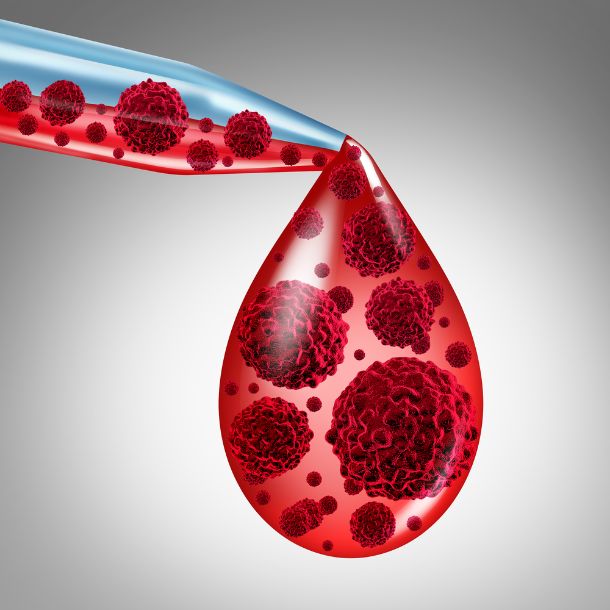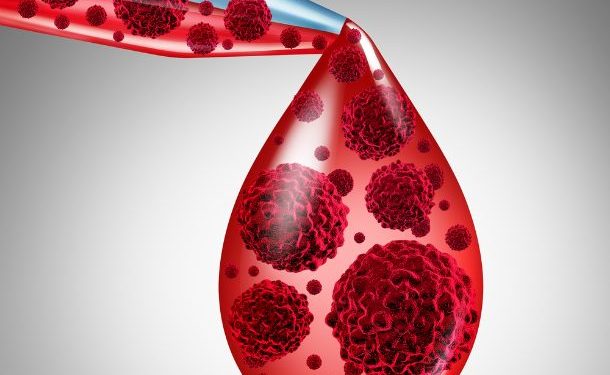Leukemia cancer grows in blood cells that normally fight infections and help the body form blood clots. It can overtake normal white blood cells, red blood cells and platelets, which prevents them from doing their jobs. Eventually, the leukemia cells crowd out healthy blood stem cells, which would normally produce more of these normal cells. The lack of healthy blood cells means that your organs and tissues don’t get enough oxygen or can’t clot when you need them. There are four main types of leukemia and several subtypes, based on how fast the disease gets worse and whether the abnormal cells are myeloid or lymphoid blood cells. Leukemia is also classified by what kind of bone marrow cells are involved:
A doctor diagnoses leukemia after doing a physical exam, taking a detailed medical history and ordering lab tests. X-rays, CT scans or MRI scans of your chest and brain can spot signs of leukemia or other tumors. Your doctor may also order a lumbar puncture (spinal tap) to test fluid around your brain and spinal cord. Other tests can show how many blood-forming cells you have and whether they’re healthy. These include a complete blood count, a blood smear, a bone marrow biopsy and a test that looks for genes that can cause certain kinds of leukemia.

The causes of leukemia aren’t known, but it often starts when the DNA in a single cell changes (mutates). This mutation stops the cell from dividing correctly. It may start in marrow stem cells that make new blood vessels or in other specialized cells that do other jobs, such as making bone marrow or platelets. Whatever the initial cell type, the resulting cancerous cells have the same mutated DNA and grow too quickly for the marrow to keep up with them.
There are several ways to treat leukemia, depending on the type and how far it has spread. The first treatment is chemotherapy, a combination of drugs that kills cancer cells and keeps them from growing. These drugs are given by mouth, through a vein (intravenously) or into the muscle of your chest or abdomen.
Other treatments include radiation, biological therapy and bone marrow transplant. These are used in addition to chemotherapy or on their own.
Your doctor may also recommend a clinical trial, which gives you access to experimental therapies. You can learn more about a clinical trial from your doctor or from the National Cancer Institute. Some people with leukemia get better after having one of these treatments, but it’s not clear why some do and others don’t.









